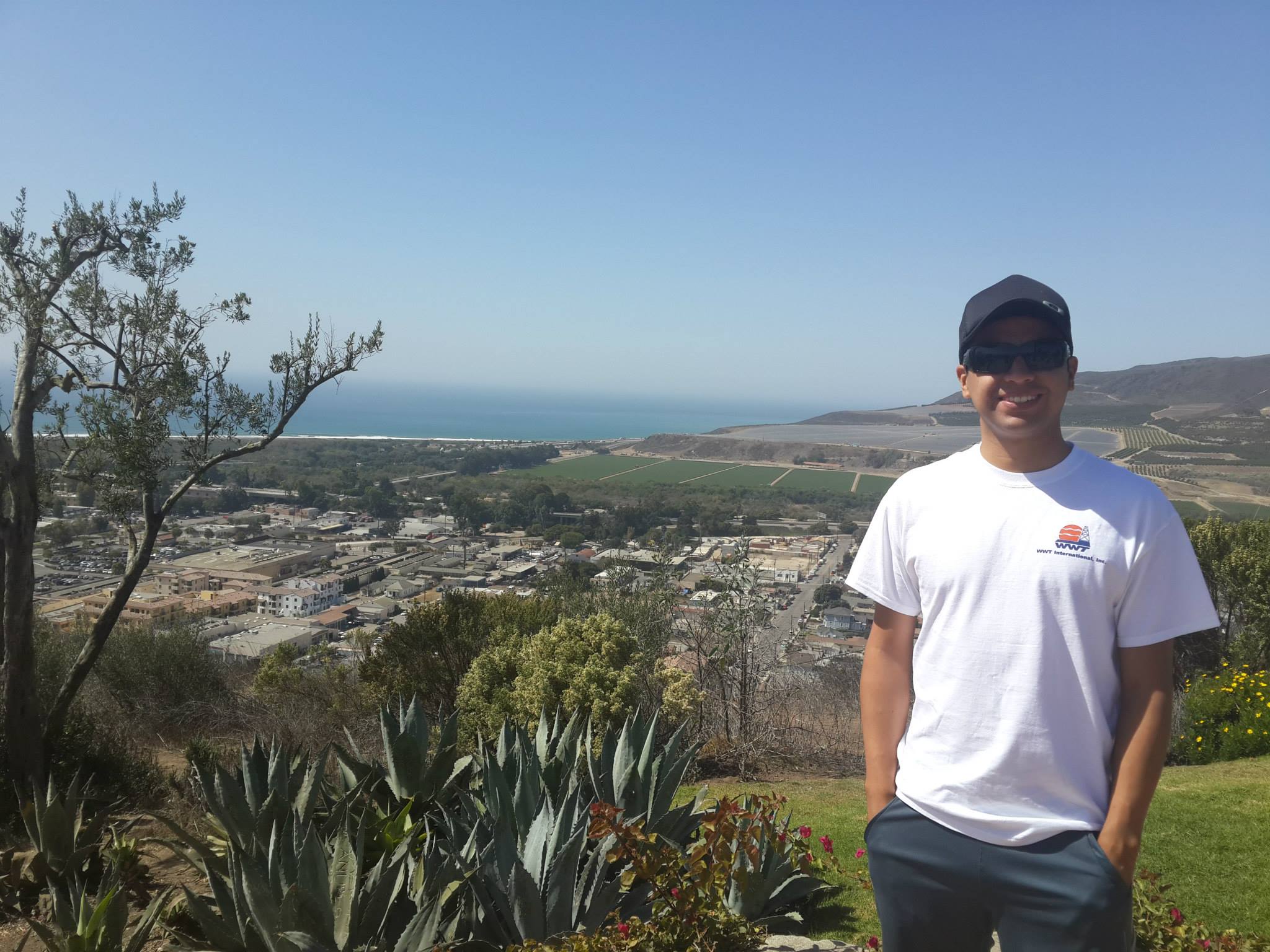
Drilling in South America isn't what it used to be
When I first started working in South America, wells were primarily vertical, slightly deviated, and relatively easy to drill. Fast forward to today, we’re facing an entirely different landscape — deeper, more complex, and far more demanding.
We are now regularly reaching depths of 12,000 to 13,000 feet, with extended reach and horizontal wells becoming standard. We have performed in wells with depths close to 20,000 feet. Directional drilling with greater deviation is now the norm rather than the exception, as many operators navigate declining fields and pursue harder-to-reach reserves.
Geology across the region varies significantly. In Ecuador, drilling a well can be done relatively quickly. In Colombia, it may take nearly a year due to challenging formations. Meanwhile, Mexico’s offshore operations present their own set of logistical and technical hurdles.
To navigate this new reality, we’re turning to smarter technologies and more resilient tools. WWT’s Non-Rotating Protectors (NRPs) play a critical role in protecting drill strings, reducing torque and drag, and enabling smoother runs in extended-reach and high-deviation wells. They are especially valuable in these longer, more complex hole sections where reducing wear and improving efficiency are essential.
We also see an increased reliance on rotary steerable systems, MWD/LWD tech, high-torque assemblies, and real-time monitoring, all of which assist in drilling deeper and faster while staying on plan.
South America’s drilling environment has changed and WWT’s solutions, like NRPs, are helping us stay ahead.
How is your team adapting to this new drilling frontier?

